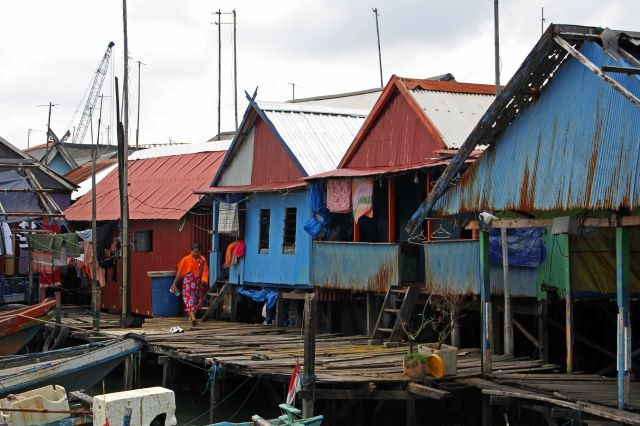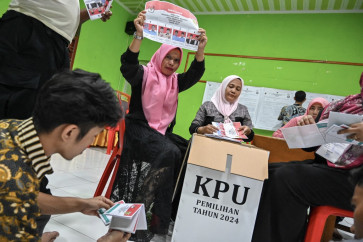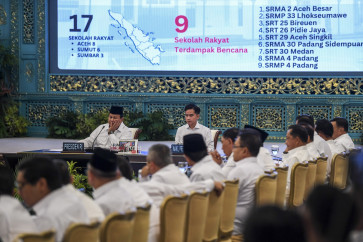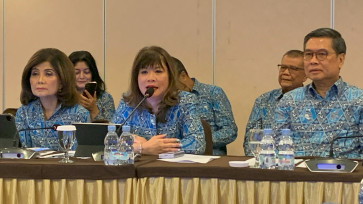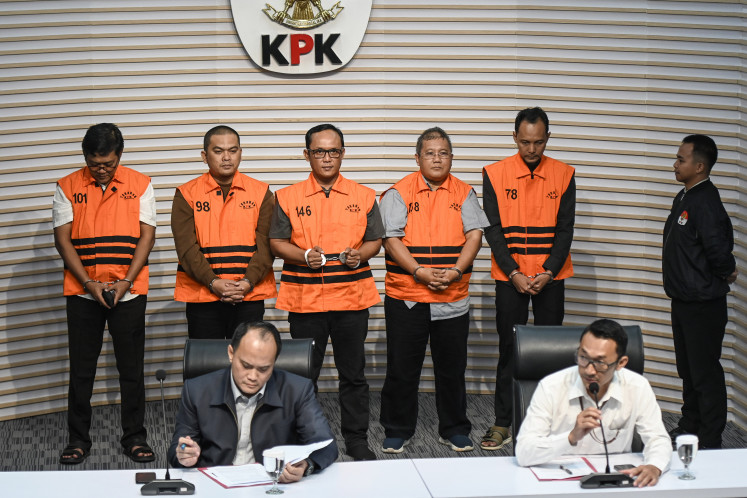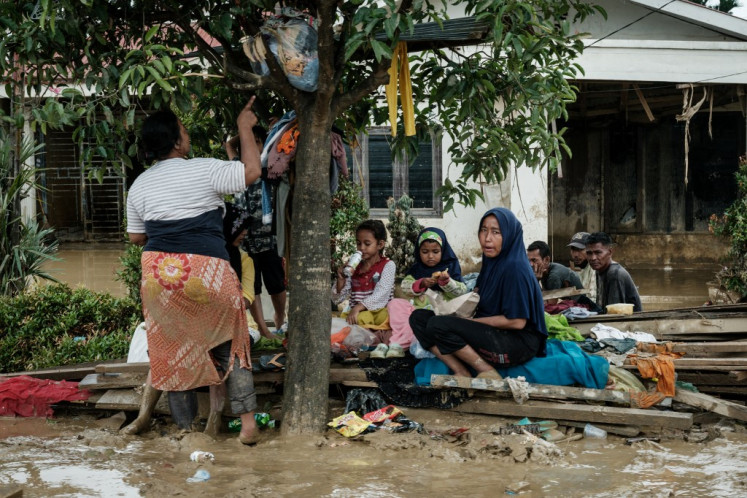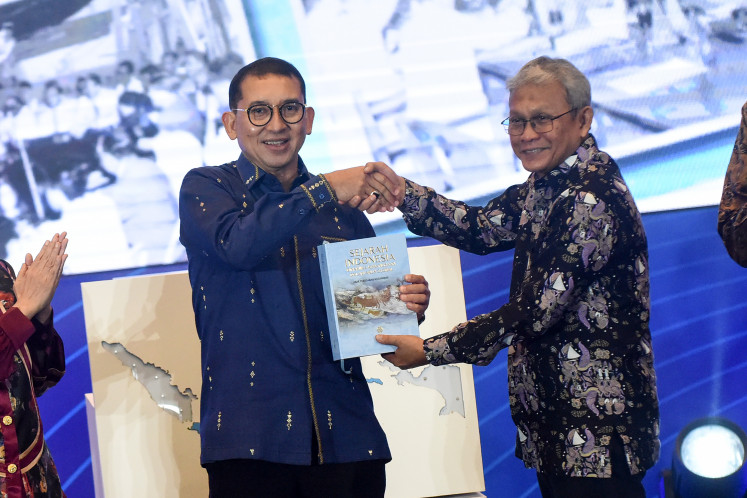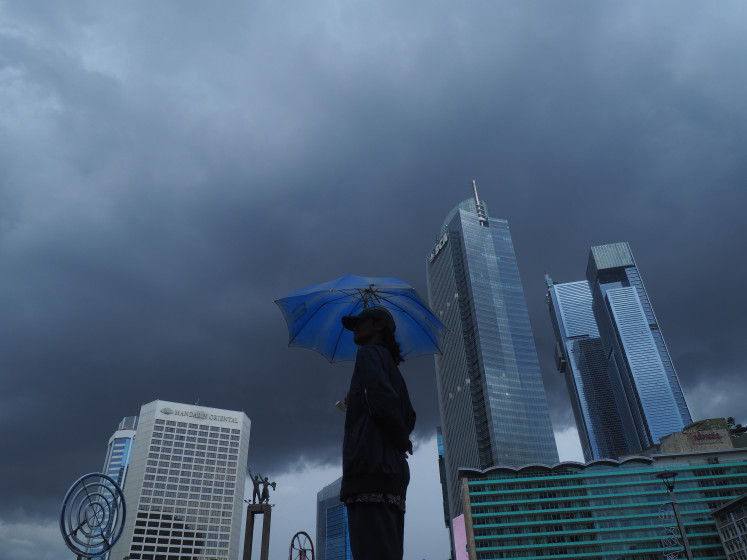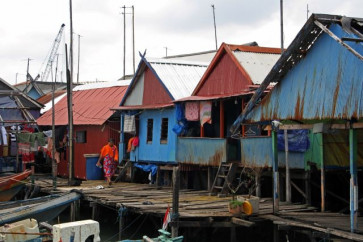Popular Reads
Top Results
Can't find what you're looking for?
View all search resultsPopular Reads
Top Results
Can't find what you're looking for?
View all search resultsLast chance for the SDGs?
Decisions made in the coming days will have a significant bearing on the future of funding for poor countries.
Change text size
Gift Premium Articles
to Anyone
T
he world is losing a winnable battle. United Nations Secretary-General António Guterres warns that the 2030 Sustainable Development Goals (SDGs) are on the verge of becoming “the epitaph for a world that might have been.” Can the patient be resuscitated?
Decisions made in the coming days will have a significant bearing on the answer. On Saturday, governments will announce their funding pledges for the International Development Association (IDA), the branch of the World Bank Group that delivers finance to the world’s poorest countries (with annual per capita incomes below US$1,315). IDA replenishment happens every three years, which means that commitments made today span the critical investment period for salvaging the SDGs. Unfortunately, it is not looking good, with several key donors failing to pull their weight.
The 78 countries covered by the IDA are where the battle for the SDGs will be won or lost. Home to 500 million people surviving on less than $2.15 per day, they account for 70 percent of extreme poverty and over 90 percent of world hunger. Worse, it is children who are on the front lines. In a recent ODI report, my coauthors and I estimate that some 257 million children in IDA-eligible countries are growing up hungry, with devastating consequences for their health and educational prospects.
Recent setbacks have compounded already severe challenges, triggering major reversals. After being hit hard by the COVID-19 pandemic, IDA countries have been buffeted by post-pandemic economic slowdowns, rising food prices and surging public debt.
Against this bleak backdrop, access to affordable development finance has been shrinking. Real (inflation-adjusted) financial transfers to Africa from donors have fallen, and rising real interest rates have priced most IDA countries out of sovereign bond markets (or otherwise subjected them to punitively high borrowing costs).
The IDA is the single most powerful multilateral financial weapon in the anti-poverty arsenal. In the last fiscal year, it provided $31 billion in support for member countries and was by far the largest source of development finance for Africa, which benefits from zero-interest grants, concessional loans repayable over 30-40 years, or both.
Such finance is an SDG lifeline, because it is overwhelmingly directed to areas with demonstrated benefits for the poor, such as social protection, investments in child and maternal health and education.

